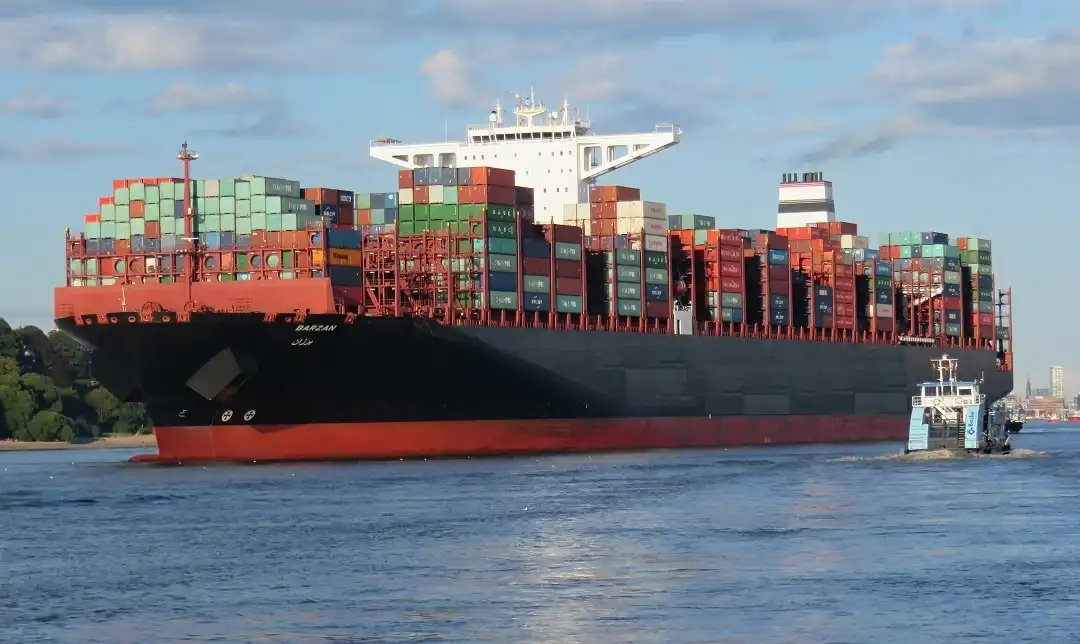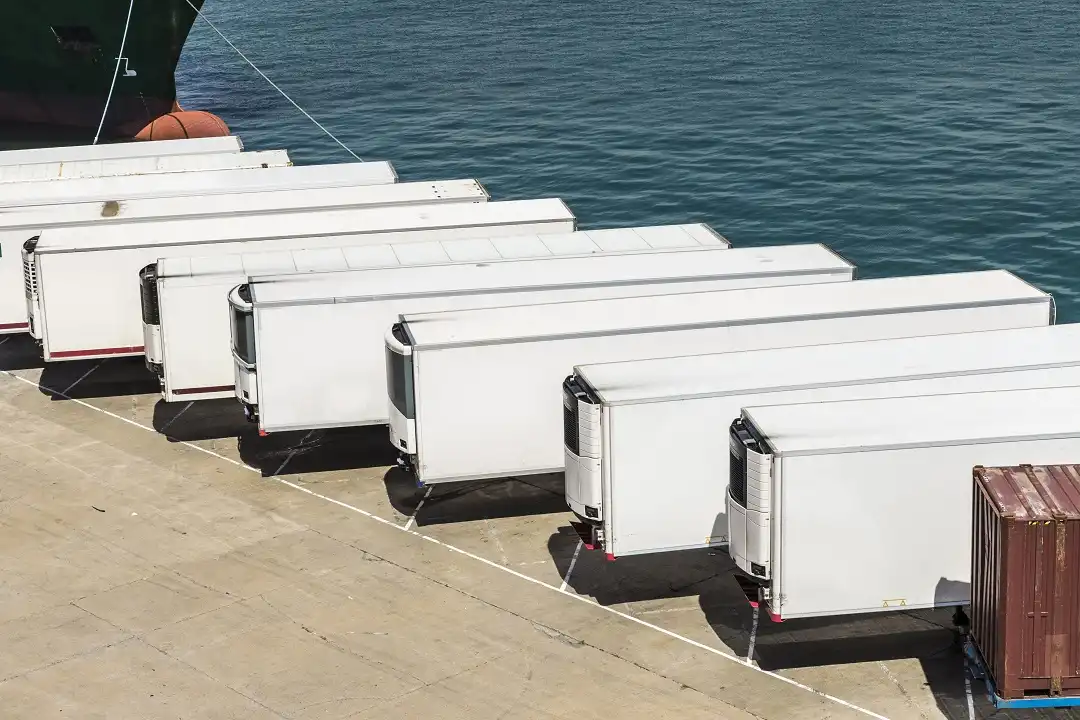Refrigerated Shipping Container: Impacts on Global Food Industry

Since the late 1940s, shipping containers have been used to transport goods globally, expanding our growth and consumerism worldwide. Marine transportation is one of the essential parts of the global economy, and containers carry about 60% of the total goods shipped via the sea.
Global transportation through water, air and land has given us access to availability to a diverse range of products that are not available locally. Although traditionally we’ve been transporting goods using shipping containers (and this is not going to come to an end any sooner), there is some merchandise that simply cannot endure the long journey. For instance, fresh food, some cosmetics and pharmaceuticals all need to be kept at a certain temperature to last. That’s why the utilisation of refrigerated shipping containers has had a huge impact on what food products can now be imported and exported.
Here's how refrigerated shipping containers have boosted the globalisation of food Markets.
Fresh produce transportation on a global scale
Thanks to the addition of temperature controlled refrigerated shipping containers, fish can be frozen fresh and shipped around the world for all to enjoy. With a regulated temperature control on each container, the fish reaches its market as fresh as the time it was caught.
Refrigerated containers contain a temperature control unit, much like any domestic refrigerator, whereby a thermostat regulates the specific temperature at which the goods will be shipped. Temperature is set as per the specific items included in the shipment and then transported to the container port.
Shipping perishables over a long distance

While there was no doubt, always a demand for fresh fish, meat, fruits or other perishable products, the threat of loss and decay in improper delivery conditions was a real issue.
Now with the use of refrigerated shipping containers, these items can reach their local or global destinations without sacrificing any of their freshness. Products such as pharmaceuticals or other, temperature-sensitive cargo could now meet the strict global shipping requirements any new and exciting varieties to be exchanged and tired. The refrigerated shipping container also allows the transfer of ready-made food to local shops and functions, expanding our enjoyment of food.
Regulated temperature control
Each country has strict food import protocols (see Australia’s) that all vary in requirements. Ensuring that your perishable goods meet these guidelines is important to uphold food safety. That’s why a refrigerated container for food has become the standard, as you can regulate the temperature according to the product.
Externally powered containers

Modern refrigerated containers can attach to an external power supply while on the container ship, to ensure the correct temperature throughout its journey. Some larger models even include generators that run on diesel fuel allowing full autonomy throughout the entire trip.
Operation costs of transportation
While shipping fresh meat, fish, vegetables and fruits via air were quick and able to prevent spoilage, traders were limited by both distance and price. With the introduction of a refrigerated van service, transporting perishables across Australia can now be done at a low cost.
Read more: The Importance of Temperature Control While Food is in Transit
Availability of diverse food

Climate and geographical location impact our animal and plant and animal life. That’s why local produce differs from country to country. However, with the help of refrigerated transport service, food can now be shared globally, allowing us a taste of the diverse food from all around the world.
Movement in large scale
The capacity of how you could transport at once greatly affects the globalisation of the food market. Hiring a refrigerated shipping container allows individuals or business to transport perishable goods in a large quantity.
Refrigerated container dimensions are similar to that of regular shipping containers, but may include much larger or smaller models for specific purposes. The average dimension of a temperature-controlled container is 20ft with the larger models running up to 40ft. The internal dimensions of these containers are often sized at 28.3M3 and 57.8M3, respectively.
Through the use of refrigerated shipping containers, new markets are opening all the time from Asia, the Middle East and Europe, allowing new products and food trends to emerge.
Image source: pixabay.com

